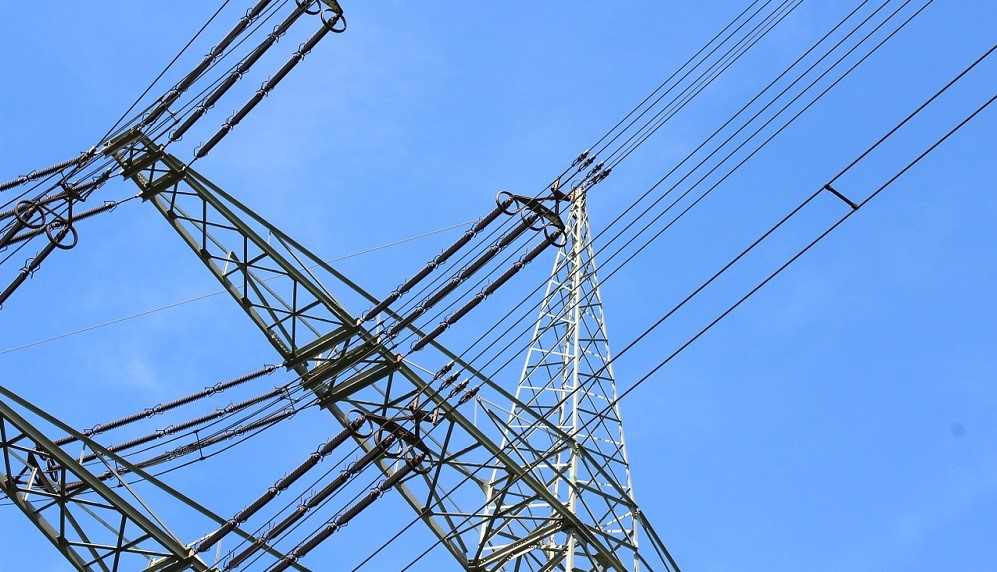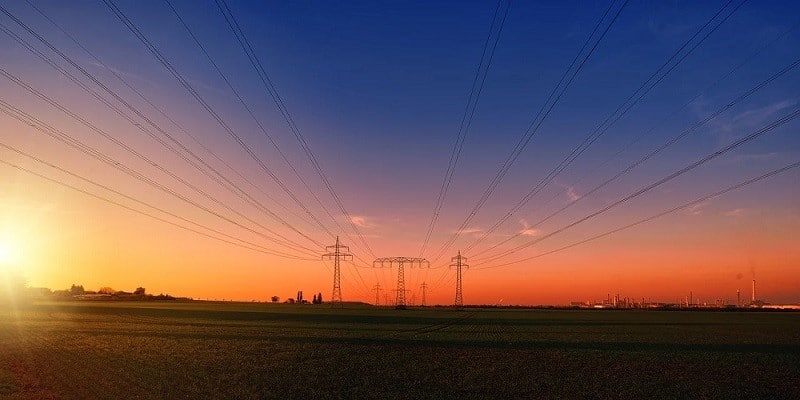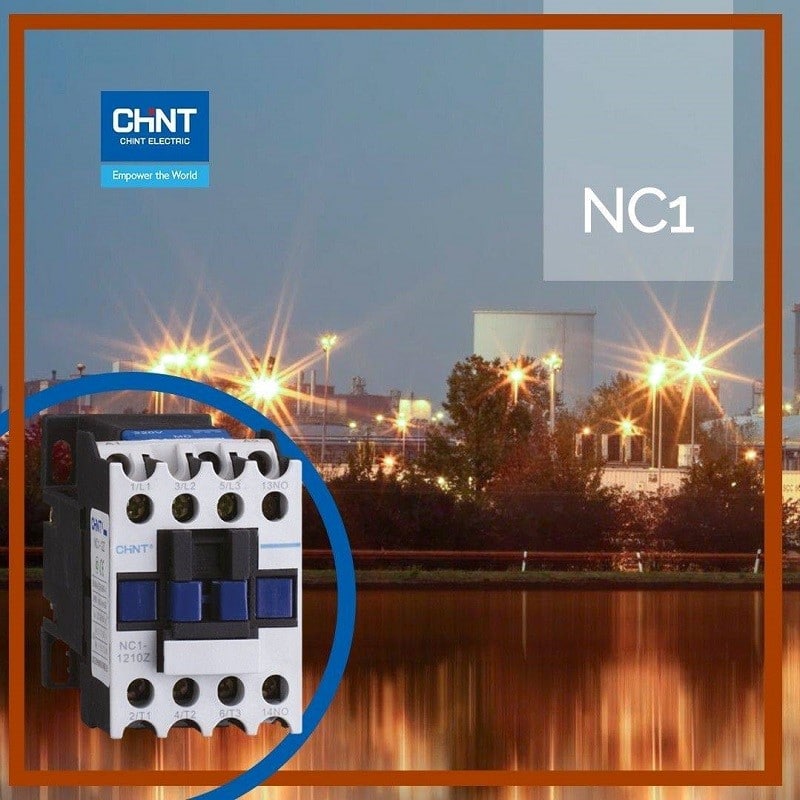Homeowners need automation controls, internet, and lighting. That is why builders have to install low voltage electric nowadays. Electrical devices of all kinds have become a popular feature in most homes today. This explains the reason why most builders and owners have turned to low voltage electric. The use of low voltage equipment is a different ballgame. It is important to learn more about low voltage electrical to get the best out of your low voltage electrical application. Keep reading to know everything about low voltage electric.
Classification of Voltages
Also known as electric potential difference, electric tension, or electric pressure, voltage refers to the difference in electric potential between two points. Voltage is responsible for making electrons move through a conducting loop. Vital work such as lighting cannot occur without voltage. The following is the classification of voltage.
High Voltage
High, extra-high, and ultra-high voltage is common with transmission from the power plant. Power is transmitted at this level to increase efficiency. Lower current accompanies high voltage transmission to make it possible to use thinner and lighter cables. Using thinner and lighter cables helps reduce tower and electrical line construction expenses.
Higher voltages are around 115, 000 to 230, 000 volts alternating current. Extra-high voltages range from 345,000 to 765, 000 volts alternating current. More than 450, 000 volts of alternating current is transmitted in the United States.
High voltage transmission is done through quality switching and distribution panels. Moreover, the control rooms should have redundant switching capabilities. Ultra-high voltages range from 765, 000 to 1,100,000 volts alternating current. China is developing a 1,100, 000 volts alternating current system.
Medium Voltage
Medium supply voltage is utilized by large industries and factories, which need a substantial amount of power. These factories and large industries take advantage of electrical variation analysis to improve operations by increasing voltage and reducing amperage. Industries and factories that use medium voltage need a backup power supply. Most industries use generators that supply 13,800 volts of alternating current.
Low Voltage
Low voltage supply is equal to or less than 600 volts alternating current. It is usually utilized in factories that use automation. Low voltage is divided into supply and control for better usage.
The Advantages of Using Low Voltage Electric
While high voltage electric is suitable for transmission lines and factories that use too much power, most electrical devices in our homes and offices run on low voltage. The use of low voltage direct current has so much to offer. For example, using low voltage electrical devices lowers costs and increases safety. Low voltage electrical supply also improves energy efficiency. Most sources of renewable energy, including solar, hydro, and wind all provide low direct current power.
However, some devices use a combination of low and high voltage to increase performance. Although this is the case, the balance is shifting towards low voltage systems, especially when it comes to lighting. The introduction of light-emitting diodes is a good example of this shift. Track and cove lighting used for accent lighting is also an example of the changing balance.
Low voltage electric systems are also becoming popular since they produce less heat than high voltage electric systems. Heat reduction allows us to save energy by reducing the need for cooling.
Installing low voltage wiring is also less hectic than high voltage wiring. Any skilled electrician can install low voltage wiring. The good thing is that installing low voltage wiring is much safer than high voltage wiring.
Low voltage lighting also preserves back-up batteries since they run on low power. Moreover, some light-emitting diodes have emergency backup drivers.
The Application of Low Voltage Electric
Low voltage electric has become a common feature in most settings due to the benefits they have to offer. The following are some of the application of low voltage electric.
Circuit Breaker
Also known as, automatic switches, circuit breakers are used for irregular on-off control in low voltage distribution systems. Circuit breakers can break a fault circuit in the case of a short circuit, under-voltage fault, and overload. They are categorized into:
- Frame circuit breakers are used for protection.
- Current-limiting circuit breakers.
- Direct current fast circuit breakers.
- Plastic case circuit breakers, used as control switches for lighting circuits, motors, and electrical heating circuits.
Controller
Controllers are manually operated and are used to control the switchgear for high current in the main circuit. Cam controllers, plane controllers, and drum controllers are the commonly used types of controllers. They directly control the start, stop, commutation, and braking of motors in lifting equipment. Moreover, controllers also regulate the speed. Cam controller has a large contact capacity since it is mostly used than other controllers.
Contractor
The role of the contractor is to control the motor, welding machine, capacitor bank, and electric heating. Contractors can automatically switch from alternating current to direct current. They are widely used in automatic control circuits. The two types of contractors including alternating current contractors and direct current contractors.
Alternating current contractors have a contact system, electromagnetic mechanism and arc-control devices. They also contain housings, buffer springs, contact pressure springs, reaction spring, and transmission mechanism.
Starter
The starter is a three-set of low voltage control devices used for the start and stop of the three-phase cage motor from a long distance. Electromagnetic starters are the commonly used types of starters. They are composed of thermal relays and contractors.
Master Switch
The master switch issues on-off commands in the control circuit to allow the control circuit to perform the designated task. Buttons, proximity switches, main controllers, travel switches, footswitches, selector switches, and universal conversion switches are widely used master switches.
Resistor
Resistors are used in all electric devices for the regulation of low voltage strong electrical current in direct current lines. They are also used to start, brake, and regulate speed in electrical motors.
Capacitor
Originally known as a condenser, the capacitor is a passive two-thermal electrical component that stores energy in the form of an electrical charge. All capacitors have two electric plates separated by insulators.
How to Use Low Voltage Equipment Safely
Low voltage current can cause electric shock, which can cause injuries or death. The symptoms of low voltage electric shock include burns, numbness, and loss of consciousness, seizures, abdominal pain, chest pain, and difficulty in breathing. Here is how you can use low voltage equipment safely:
- Assess all the risks associated with your task.
- Understand the system.
- Minimize your exposure.
- Look for exposed live metal and cover it.
- Reduce energy.
- Remember to use one hand with your face and body to the side while performing the task.
Do you need quality low voltage electrical devices? Get in touch with the leading electrical suppliers in your area for certified and licensed low voltage equipment.















